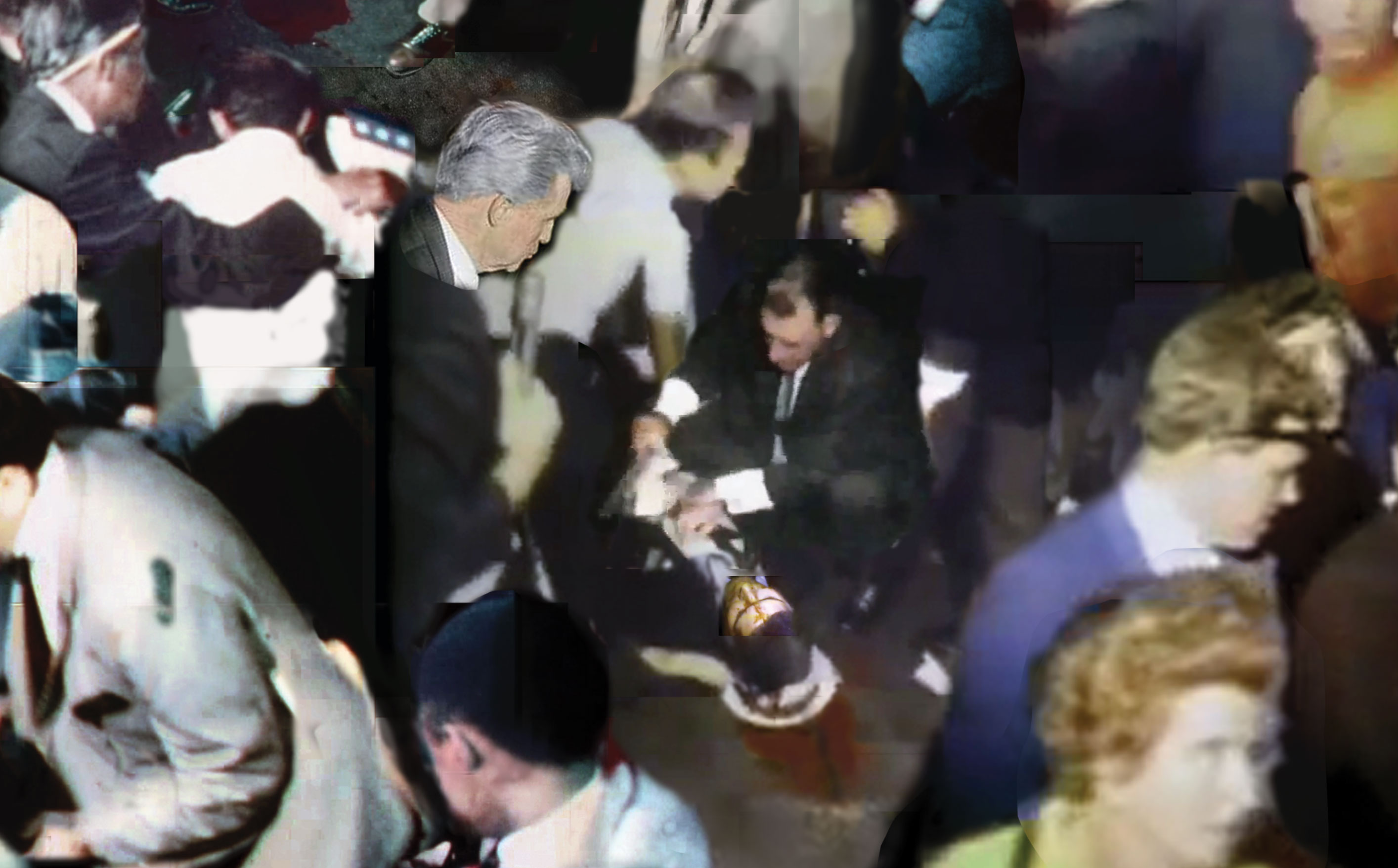

As People reported, Romero died this week after suffering a heart attack at his home in Modesto, California. Romero, who at the time was 17, held Kennedy, cradling his head in his dying moments. Romero was a busboy working at the Ambassador Hotel in California when Kennedy was fatally shot by an assassin. Now, the former busboy who cradled the dying presidential candidate has died at age 68. Juan Romero was just a teenager when he became part of one of the most iconic images of the 20th century, the assassination of Robert F. Josefina Guerra said her father felt guilty for years about the shooting, which she said broke his heart, and he spoke little about it to her.The 17-year-old became part of one of the most iconic pictures of Kennedy’s assassination. That's what has always struck me about those photos." "But really the heart of it," Kennerly added, "was this unknown person was there to help Senator Kennedy when he was down. "It was a really dramatic picture with the light coming in from the side, they were strong photos," Pulitzer Prize-winning photographer David Hume Kennerly said Thursday. Kennedy died the next day at 42.īecause of the beads, his white busboy smock and the beatific look on his face, Romero was misidentified in some early news reports as a priest. "Everything will be OK," the senator replied shortly before losing consciousness.Īs they talked, Romero pressed a set of Rosary beads into the senator's hand as news photographers frantically took pictures. Romero jumped at the chance to meet him again.Īfter gunfire rang out and Kennedy fell, Romero cradled his bleeding head. he was looking at me as an American."Īfter Kennedy won the primary he thanked supporters in the hotel's Embassy Room then cut through the kitchen for a meeting with reporters. looking right at you with those piercing eyes that said, 'I'm one of you. "I will never forget the handshake and the look. "All I remember was that I kept staring at him with my mouth open," he would say later.įinally, Kennedy approached, grabbed Romero's hand with both of his and said, "Thank you." He was working at the Ambassador Hotel the day before the June 1968 California primary when Kennedy and his aides ordered room service and he was called on to help deliver it. As the son of a tough disciplinarian father, however, he said he was too afraid to take part. The family lived in blue-collar East Los Angeles and Romero was a student at Roosevelt High School in 1968, the year Chicano students started organizing walkouts to protest discrimination against Mexican-American students. "I still have the fire burning inside of me," Romero said.īorn in the small town of Mazatan, in the Mexican state of Sonora, Romero lived in Baja California until his family received permission to bring him to the U.S. He said he still carried the example Kennedy had set as he campaigned for equality and civil rights.

Only recently, he said during rare interviews this year, did he finally come to terms with that struggle. "It was just such a short time."įor decades, each time Romero saw black-and-white news photos of himself - a baby-faced busboy gently cradling Kennedy as he lay sprawled on the hotel's concrete kitchen floor - he would wonder what more he should have done to save Kennedy.

He wanted to buy a house and to travel, his daughter said. The divorced Romero had recently met a woman and moved in with her in Modesto. "Juan was a big, brawny guy, a muscular guy and seemingly in good health," said Chacon, adding his death came as a shock to family and friends. He worked in construction, including concrete and asphalt paving, enjoying the often-grueling physical labor with no intention of retiring any time soon. Romero, who moved from Los Angeles decades ago, spent most of his life in the Northern California cities of San Jose and Modesto, Chacon said.


 0 kommentar(er)
0 kommentar(er)
